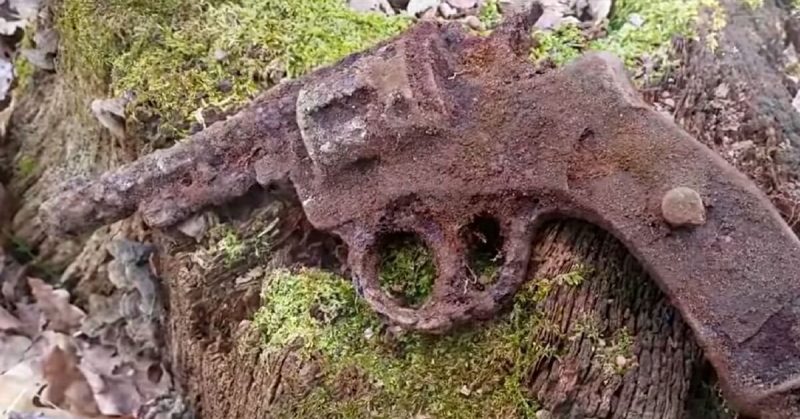Although it may seem like waving a metal detector over the ground is easy, the practice is not as simple as it appears. It is a hobby of perseverance, dedication and a lot of passion.
The two detectorists in this video have more patience than most. Metal detecting works by producing different beeps for various types of metal. The problem is that the tone for a precious metal is very similar to the sound for something cheap and worthless. For instance, the tones for gold and soda can pop tops are almost identical. It can be very frustrating to discover a bottle cap having dug for some time.
Another difficulty with metal detecting is depth. If a coin was dropped in March, just before a snow melt or the rain showers of April, by September that coin may be three inches down. The ground swells with water, contracts in heat or freezing temperatures and so on, pushing an item down over time. It can also work the other way, pulling things up toward the surface.
Given these factors, the wherewithal of these two guys is incredible. They know they are on a battlefield, but it is unlikely the signal they are getting is for iron which is the same signal as a lot of junk metals that are not worth the time to spend digging several feet deep. They have unearthed a coin and a dog tag – which are of more importance to detectorists than bullets.
Not knowing if they were after just one of the million fragments from the battlefield or something more interesting can be frustrating. We can be thankful they kept going.
